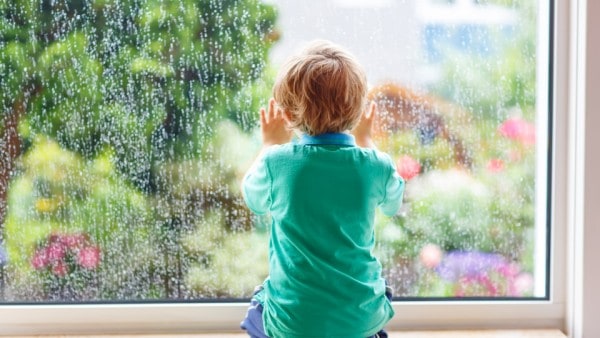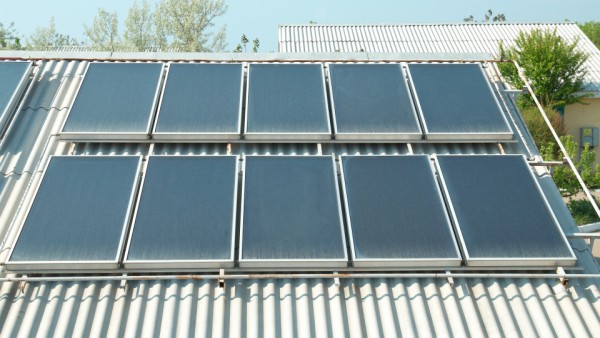Passive solar design is, quite simply, using the sun and surrounding climatic conditions to heat and cool our homes. The objective is to reduce, to an absolute minimum, the need to use power to heat and cool our living spaces.
Passive solar design is a really interesting field, and when it’s environmentally sound, incredibly smart, and saves you money, why wouldn’t you do some learning.
Passive solar design is really very clever and we’re huge fans of the practice. It just seems so right to use the energy from our environments to heat and cool our homes. And in additional to the smarts, there’s the savings, which can be massive.
- newhomesguide.com.au
What does passive mean?
Put simply, passive solar technologies use sunlight without ‘active’ mechanical systems. In passive solar buildings, windows, walls, and floors are designed to collect, store, and distribute solar energy as heat in the winter, and expel solar heat from the home in summer. This is called ‘passive’ solar design because, unlike ‘active’ solar heating systems, mechanical and electrical devices are not needed.
This is compared to a solar power system, for example, which is classified as ‘active’ solar because it requires machines and infrastructure to function.
Explaining passive solar
Passive solar works by using north facing windows to trap the heat of the sun. The trapped heat is then absorbed and stored inside the home by warming up materials with a high thermal mass (usually masonry, bricks or concrete etc.). As night falls and the temperatures drop, the heat is re-released from the thermal mass and maintains a constant, comfortable temperature inside the home.
Passive solar heating is used in with passive shading to allow maximum sun into the home in winter, and prevent overheating in summer. The simplest way to achieve this is with north facing areas of glass, well-designed eave overhangs and deciduous trees.
The stored and re-radiated heat is spread through the home via well-designed air flows and convection. Floor plans will usually place the main living spaces to face north and receive the best winter solar access.
The loss of heat is kept to a minimum with window treatments and high quality insulation. And cold air is kept out with airlocks, draught sealing, airtight construction and good quality windows and doors.
What is passive solar heating?
Passive solar heating is the least expensive way to keep your home warm and comfortable. Passive solar heating will keep out the summer sun and let in the winter sun and make sure that the building retains the heat in winter and allows it to escape in summer.
People participation
While ‘active’ solar technologies like solar panels on the roof require mechanics, passive solar technologies need us humans to get involved in the process. For example, to achieve passive cooling in summer, the right windows will need to be opened and closed at the right times to vent heat from the house. And doors will need to be opened and closed to isolate thermal zone spaces in the home.
Bonus benefits
As well as the massive reduction in energy expenditure that can be achieved with effective passive solar design, there are a swag of other benefits too. Some of these include:
- Low cost when designed into a new home
- Achievable with all types of Australian construction systems
- Fantastic for all climates where winter heating is necessary
- Achievable when building a project home by orientation, refined floor plans and smart window choices
The next level
Like most technologies, there’s your base level, and your next level and passive solar is no different. There’s a huge range of concepts and options that can be applied quite easily and will change the way your new home uses energy. And then there’s taking it to the next level.
Some passive systems use more technology and mechanical assistance to push passive solar further. This often means using small amounts of conventional energy to control dampers, shutters, night insulation, and other devices that make more of solar energy collection, storage, and use, and reduce undesirable heat transfer.



